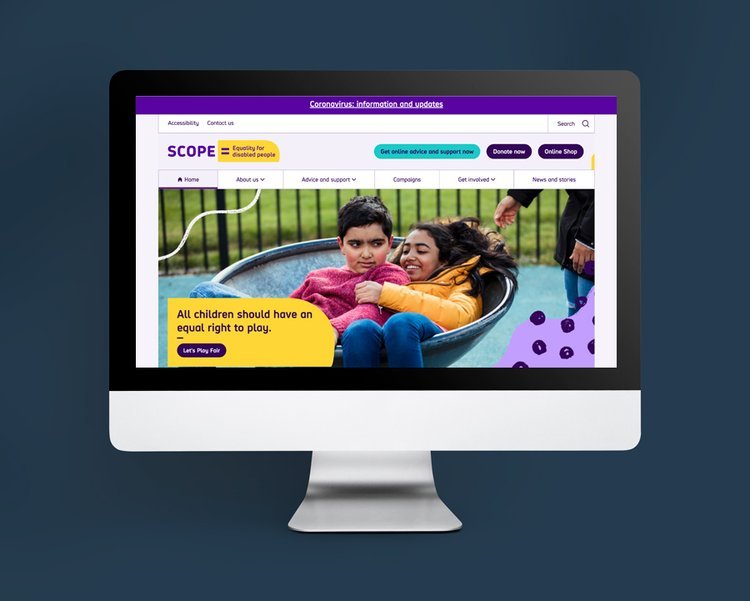Writing user-focused content for Scope’s new website
A Scroll content designer worked closely with the charity’s policy and research experts to create content to meet specific user needs
The challenge
The Scroll content designer was tasked with writing a series of articles that would meet specific user needs.
They would work closely with users and with Scope’s policy and research experts , to co-create and test content at every step.
Scroll’s experience of user-centred design meant that the content designer could be parachuted into the project, quickly understand the requirements and get straight to work.
What they say about working with Scroll
“Working with Scroll has been amazing. The Scroll content designer quickly picked up how to write about disability and tackle complex and nuanced subjects, including discrimination. They were proactive, thorough and great at collaborating with other content designers in the team. We would work with them again in a heartbeat.”
Jack Garfinkel
Senior content designer, Scope
The solution
The Scroll content designer was given a set of user needs and asked to develop content to meet these needs. (Scope had already done extensive research to identify the user needs in the project’s discovery phase.)
The process was to:
do desk research on the topic
write a draft or a series of questions
meet with a subject matter expert (SME) to co-create and iterate content
SMEs were either professionals who work with disabled people, or people with lived experience of disability.
The meetings with SMEs, usually on the phone, required excellent listening skills. The subject matter was varied and sometimes challenging – from how to claim a specific benefit to support for parents of disabled children.
Scroll content designers are used to working with style guides and creating accessible content. What was new and challenging at Scope was writing for the social model of disability. Writing in this way requires a change in perspective and takes thought and skill to achieve.
The next step was to take the article to a content crit (content critique) – at Scope these are multidisciplinary, with lots of different stakeholders present, including user research and policy. The Scope team were supportive and collaborative, so crits were useful and productive.
Then the content designer continued to iterate the article through cycles of research and testing. Finally, we had something that solidly met the user need and was worthy of publication on the new site.
Results
Produced content to meet Scope’s social change goals on time and on budget
Wrote content in line with Scope’s style guide and accessibility principles.
Met the challenge of writing to the social model of disability.


